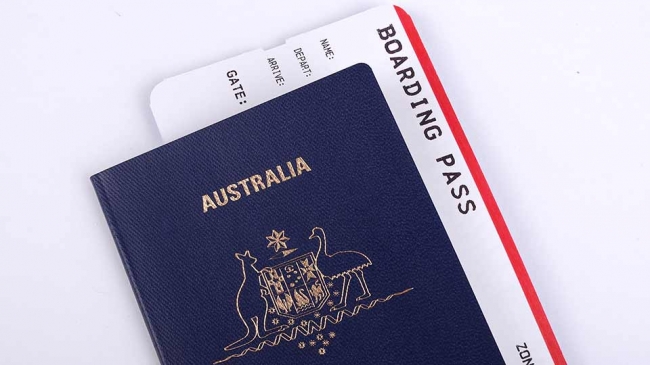I have just returned from the 9th International Robotic Surgery Symposium (IRSS) in Seoul, Korea. This is the second in a series of five blog posts:
- Neoadjuvant immunotherapy and transoral robotic surgery (TORS)
- Barriers to improving treatment regimens in head and neck cancer
- Scarless surgery – the future of thyroid surgery is robotic
- Controlling postoperative bleeding – my IRSS paper
- Future of surgical robots – single ports and flexible endoscopes
The results of the MD Anderson CIAO: Checkpoint Inhibitors Assessment in Oropharynx carcinoma trial are exciting but sadly we know that incorporating new treatments such as this into standard head and neck cancer treatment is years away from reality. Delays are due to two main reasons. The challenges of clinical trials and resistant attitudes among treating clinicians.
Fighting for a share of cancer research funding
Clinical trials are time consuming, complex and expensive. The organisations and individuals who bankroll them expect a return on investment. Head and neck cancer is a devastating disease but unfortunately the incidence rate of head and neck cancers in industrialised nations is low compared to other cancers. This makes it harder to attract funding for trials and research.
Medical device trials are even trickier than drug trials
The degree of difficulty in gaining approval for a clinical trial also increases when a medical device is involved. The Australian Therapeutic Goods Administration (TGA) is the regulatory body for therapeutic goods in Australia and is a member of Project Orbis. Project Orbis is an initiative of the US Food and Drugs Administration (FDA) Center of Excellence (OCE), which provides a framework for concurrent submission and review of oncology products among international partners. Surgical robots are categorized by the FDA as medical devices. Clinical trials pursuing novel applications of surgical robots require an Investigational Device Exemption (IDE).
These protocols exist to protect the public and are very important. The process of applying for an IDE is onerous and requires significant investment of resources in order to be successful. Which is appropriate in regards to patient safety but also a significant cost factor for under resourced cancers such as head and neck.
In many instances the major benefits of surgical robots and minimally invasive surgery (MIS) is a reduction in long term side effects, be it from surgery or adjuvant treatment. Arguing the case for an IDE can be particularly difficult when patients who qualify for these trial have cancers which can be treated in other ways by existing methods.
Changing treatment paradigms
Hopefully the next stage of the MD Anderson clinical trial goes ahead and evidence is generated which supports immunotherapy as a neoadjuvant treatment for oropharyngeal cancers. But it will still take time for this and other novel, evidence based treatments to become standard protocol. In my own Head and Neck Cancer Multidisciplinary Team (MDT), known in the US as a Tumor Board, I am fortunate to work with open minded, innovative clinicians from a range of disciplines who are committed to constantly improving treatment options for patients. But that is not true of every MDT. Neoadjuvant immunotherapy significantly challenges the existing head and neck cancer treatment paradigm and is likely to meet similar resistance as transoral robotic surgery (TORS), particularly from clinicians who do not work in high volume head and neck cancer centres.
Australia falling behind other industrialised nations when it comes to TORS
Adoption of TORS and robotic surgery around the world varies enormously from country to country. For example South Korea and Brazil have extremely high uptake rates of TORS compared to Australia and the USA. Both South Korea and Brazil are also known for having high rates of plastic and reconstructive surgery. It is reasonable to speculate that the high uptake rates of TORS in these countries can be partly attributed to the scar reduction benefits of robotic surgery. Scarless surgery is recognized as a major benefit of head and neck robotic surgery for procedures such as neck dissections and thyroid surgery. I will discuss more on this in my next post.
For more information about the efficacy of TORS I recommend the following recently published papers:
- Meccariello G, Montevecchi F, D’Agostino G, et al. Trans-oral robotic surgery for the management of oropharyngeal carcinomas: a 9-year institutional experience. Acta Otorhinolaryngol Ital 2019;39:75-83. https://doi.org/10.14639/0392-100X-2199
This is an open access article and can be downloaded from https://pdfs.semanticscholar.org/eb97/f85c9b5ef64f81115433d82ec32f79aef2b1.pdf - Van Abel, K.M., Quick, M.H., Graner, D.E., Lohse, C.M., Price, D.L., Price, K.A., Ma, D.J. and Moore, E.J., 2019. Outcomes following TORS for HPV-positive oropharyngeal carcinoma: PEGs, tracheostomies, and beyond. American journal of otolaryngology, 40(5), pp.729-734.
You may also be interested in my previous blog post:
Choosing the right head and neck cancer specialists – high volume centres are paramount.
I would like to thank Professor Se-Heon Kim and The Korean Society of Head and Neck Surgery, and Yonsei University College of Medicine for inviting me to join the faculty of the 9th International Robotic Surgery Symposium, held in Seoul, Korea, October 25-27, 2019 http://8thirssyonsei.thewithin.kr/register/2019/main.html



